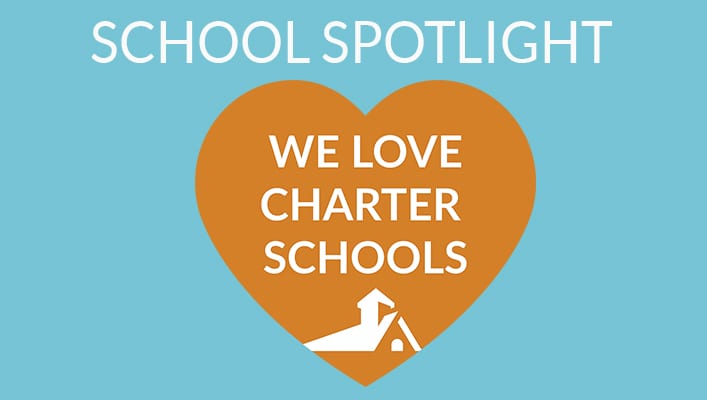Charter School Capital Funding Supports Provisional Accelerated Learning Center’s Success
In this School Spotlight, we share how Charter School Capital funding helped Provisional Accelerated Learning Center (PAL) become financially solvent. Read this full case study to learn more about PAL and how they partnered with Charter School Capital to fill funding gaps.
 In the mid-1980s, San Bernardino’s traditional public high schools were suffering a dropout rate of 40-50%. The system was failing. The community was in desperate need of help, and The Provisional Accelerated Learning (PAL) Center opened to provide a new path.
In the mid-1980s, San Bernardino’s traditional public high schools were suffering a dropout rate of 40-50%. The system was failing. The community was in desperate need of help, and The Provisional Accelerated Learning (PAL) Center opened to provide a new path.
Understanding how critical a strong education is to success, The PAL Center began as a not-for-profit tutorial program in 1984 to help those students most at-risk. As the program expanded, it evolved into a charter school that now serves approximately 700 students. The PAL Center welcomes students in grades 9–12 hoping to earn their diploma as well as 19– 21-year-olds seeking job skills training and career placement assistance.
“We’re all about giving young people a second start in life,” says Lawrence T. Hampton, chief financial officer for The PAL Center. “We have specialized in working with students who have been the hardest to serve.” Though designed to focus on those students most in-need, Hampton notes an interesting trend that has occurred in recent years.
“We’re becoming more of a school of choice. When we first started, we strictly took those students that were headed toward dropout,” he explains. But in the late 2000s, “we started seeing more incoming freshmen choosing to come to school here instead of being referred… So it’s been fun to watch that transition.”
The reasons The PAL Center has grown from a school of last resort to the first choice for so many are the non-traditional benefits it offers students.
The school operates from 7:30 a.m. – 12:30 p.m. four days a week, providing students with the open schedule many of them need to hold jobs or help with their families. In addition, the school is located just outside of the city in a quiet area surrounded by mountains. This picturesque setting helps encourage calm and focus.
Finally, class sizes average around 21 students, helping teachers provide more personal attention than students would receive at other area high schools where class sizes are larger.
Despite the school’s successful track record, Hampton has had to manage challenges threatening The PAL Center’s existence. Deferrals of state payments in California forced the school to tap into its savings, which proved to be insufficient as the deferrals increased. The school also obtained a credit line, but it quickly ran out. School administrators – having made a promise to the students and families of San Bernardino – needed to find a more permanent solution.
The PAL Center’s accountant referred the school to Charter School Capital for funding. Within a few weeks, the two organizations began a long-term relationship that at times has been a lifeline to the school.
“The relationship has allowed us to stay financially solvent, and I can honestly say without that we would’ve been out of the charter school business,” says Hampton. “This school would have folded.”
“They have taken a personal interest in seeing us survive, and that comes through quickly when you’re talking to them. It’s more than just business, and I’m grateful for them.”
Charter School Capital is committed to the success of charter schools and has solely focused on funding charter schools since the company’s inception in 2007. Our depth of experience working with charter school leaders and our knowledge of how to address charter school financial and operational needs have allowed us to provide over $1.6 billion in support of 600 charter schools that educate 800,000 students across the country. For more information on how receivable sales will benefit your charter school, contact us!
